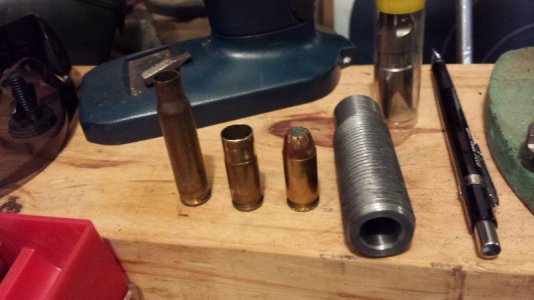- Joined
- May 4, 2013
- Messages
- 249
Just to clarify, in what direction are you seeing the movement? E.g. parallel with the carriage, or with the cross-slide/compound? Are you turning or facing when this happens? Just off hand, it seems that the problem was with your cutting tool, not your machine. What does the original tool look like?
If I understand what you are saying, it seems to me that the bit does not have enough clearance, or is set too high above the center line of the part. If the entire tool holder is flexing, make sure that it is securely locked to the t-slot, and there is no swarf that it could be rocking on. I have also seen rocker posts that are worn out, and splitting in the center of the t-nut.
Also, when facing saw cut pieces, be sure to lock the carriage to the ways. Either use the carriage lock, if equipped, or disengage the lead-screw feed, and engage the half-nuts. (I use this all the time on my mini lathe.)
-Cody
If I understand what you are saying, it seems to me that the bit does not have enough clearance, or is set too high above the center line of the part. If the entire tool holder is flexing, make sure that it is securely locked to the t-slot, and there is no swarf that it could be rocking on. I have also seen rocker posts that are worn out, and splitting in the center of the t-nut.
Also, when facing saw cut pieces, be sure to lock the carriage to the ways. Either use the carriage lock, if equipped, or disengage the lead-screw feed, and engage the half-nuts. (I use this all the time on my mini lathe.)
-Cody


